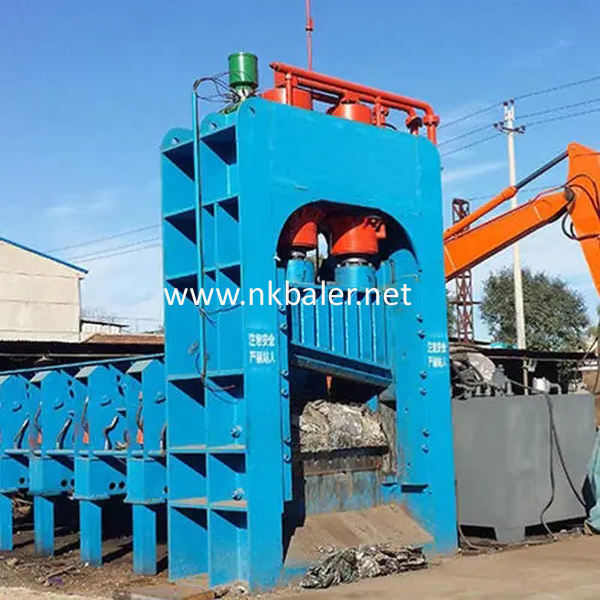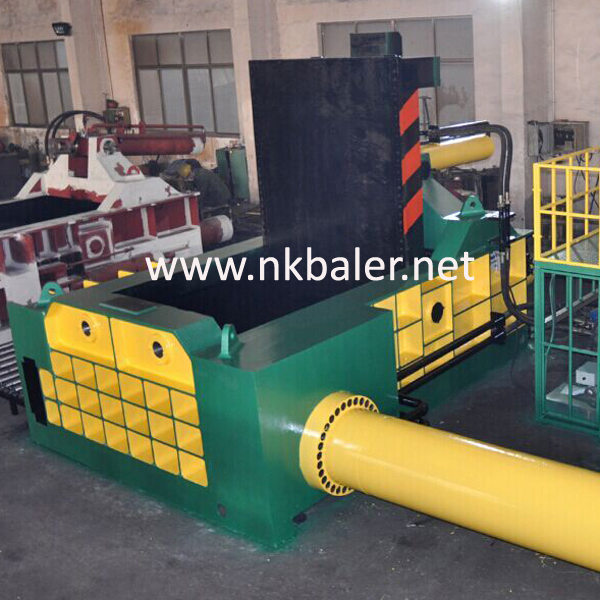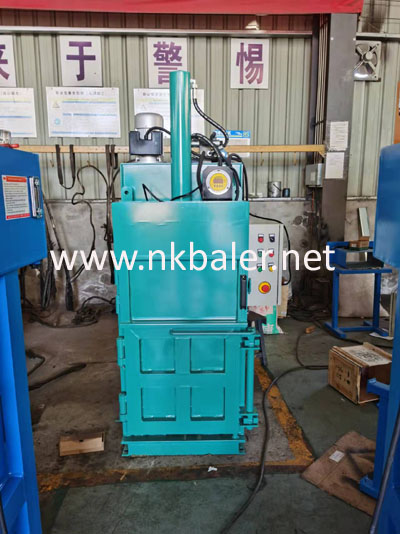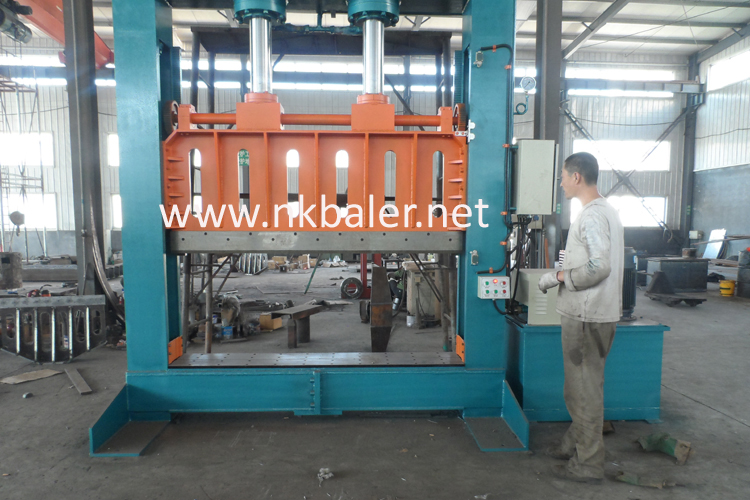6. When adjusting the valves, pumps and pressure gauges of the gantry shearing machine, experienced technicians are required to carry out the adjustments. If there is a problem with the pressure gauge, it should be checked or replaced with a new one.

The metal shearing machine is also very safe to use. The machine will not shake when it is in operation. It is very stable and has a long service life. The metal baler is very environmentally friendly because it uses a diesel engine and can also be operated by electricity.

3. Frequently check the height of the liquid oil level in the oil tank of the waste paper baler. Its height should be kept on the oil mark scale line. Separate with partitions.

The waste paper baler is a kind of hydraulic machinery, but as long as you follow the waste paper baler's operating rules and be careful and meticulous in your usual work, there will be no accidents. In recent years, waste paper balers have continued to suffer casualties in various places.
According to the analysis of industry experts, the design of individual waste paper balers is unreasonable, the product quality of the manufacturer has problems, the waste paper balers are poorly maintained, the control system fails, the operators do not abide by the safety regulations, and the operators and management personnel cannot get a lot of information. Good professional training, individual or even untrained work without a license, unskilled operations or misoperation of operators are the main causes of accidents.
Small waste paper baler is a commonly used waste paper packaging machine. With the popularization of small waste paper baler, many safety problems have also arisen during the use of small waste paper baler. Analyze the reasons, except for other subjective reasons. , As far as the small waste paper baler is concerned, there are also the following problems:NICKBALER waste paper baler as a practical machine, even if there are some objective problems, as long as we remain vigilant subjectively and always tighten the string of safe production, we will definitely be able to reduce the harm caused to us in the process of waste paper packaging. And loss.

Therefore, only by constantly thinking of ways to turn the shortcomings of others into their own advantages, enterprises can survive in the cracks through continuous learning and innovation, and stand out among many manufacturers, so that they will not be eliminated and stabilized in the fierce competition. Own market position.

Email:info@nkbaler.com Nickbaler888@gmail.com
WhatsApp: 008615021631102

